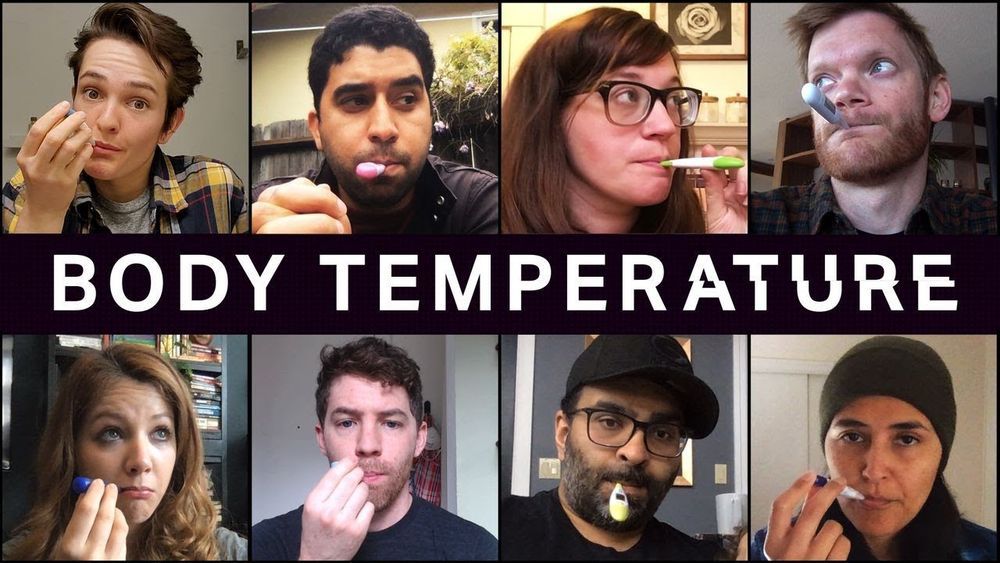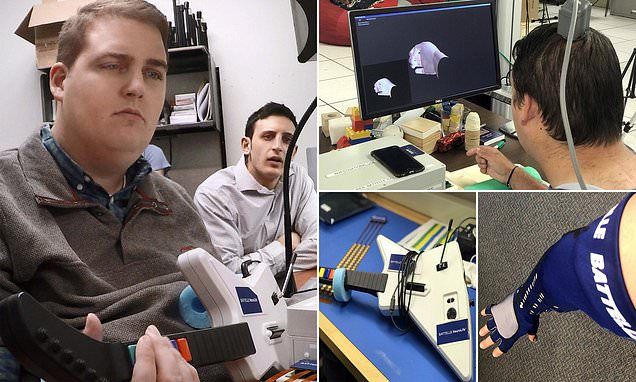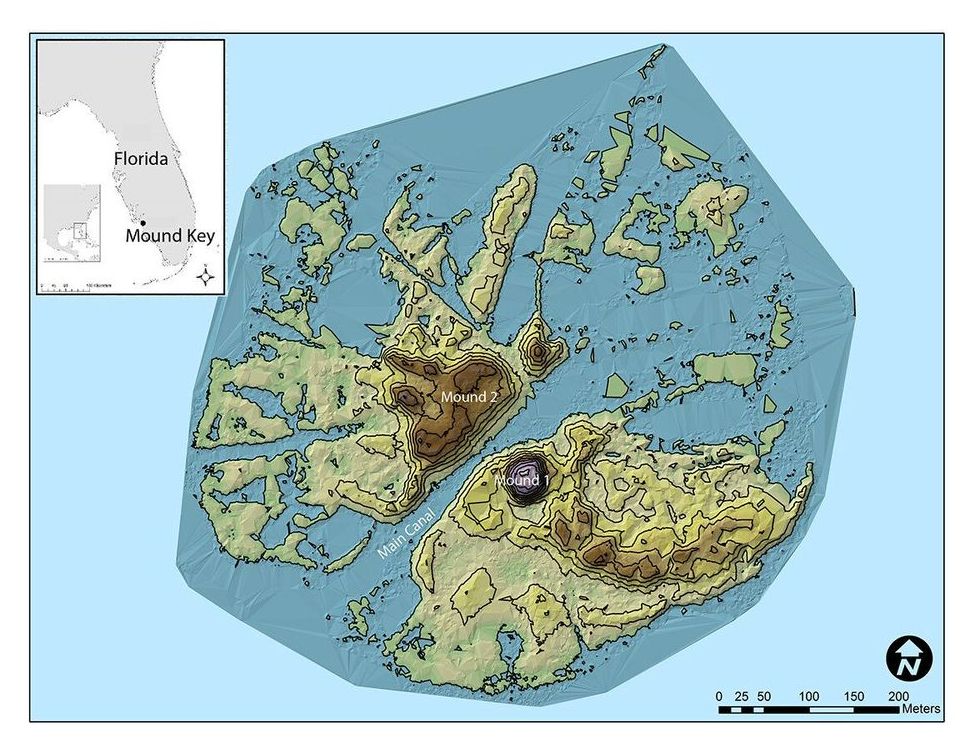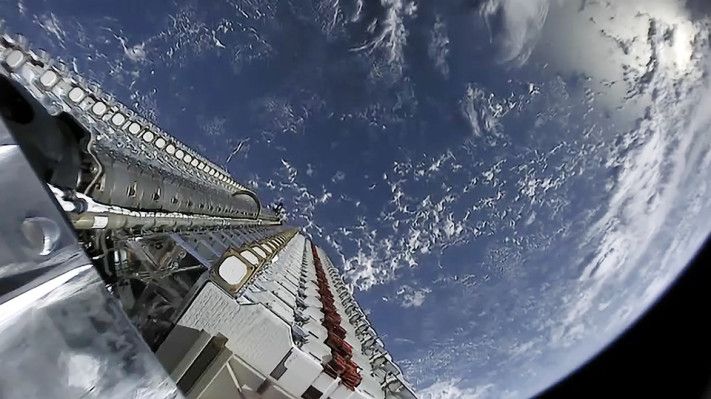Page 7611
Apr 24, 2020
Brain implant lets man with paralysis move and feel with his hand
Posted by Genevieve Klien in categories: computing, neuroscience
A brain-computer interface has helped a man with a severe spinal cord injury move and feel using a hand again, letting him carefully lift light objects such as a paper cup.
Apr 24, 2020
Will we get a treatment before a vaccine? Inside the race for a COVID-19 game-changer
Posted by Fyodor Rouge in category: biotech/medical
Article trying to answer the matter of whether we will get good meds before vaccines.
As the world waits for a vaccine, another race is underway for a COVID-19 ‘cure’. What are the most promising treatments? And could a tablet stop you getting infected in the first place?
Apr 24, 2020
Guitar Hero fan has touch sense restored with brain-computer interface
Posted by Carse Peel in categories: computing, neuroscience
US researchers report that they have been able to restore sensation to the hand of a research participant with a severe spinal cord injury using a brain-computer interface (BCI) system.
Apr 24, 2020
Archaeologists verify Florida’s Mound Key as location of elusive Spanish fort
Posted by Genevieve Klien in category: futurism
Florida and Georgia archaeologists have discovered the location of Fort San Antón de Carlos, home of one of the first Jesuit missions in North America. The Spanish fort was built in 1566 in the capital of the Calusa, the most powerful Native American tribe in the region, on present-day Mound Key in the center of Estero Bay on Florida’s Gulf Coast.
Archaeologists and historians have long suspected that the fort, named for the Catholic patron saint of lost things, was located on Mound Key. Researchers have been searching for concrete evidence in the area since 2013.
“Before our work, the only information we had was from Spanish documents, which suggested that the Calusa capital was on Mound Key and that Fort San Antón de Carlos was there, too,” said William Marquardt, curator emeritus of South Florida archaeology and ethnography at the Florida Museum of Natural History. “Archaeologists and historians had visited the site and collected pottery from the surface, but until we found physical evidence of the Calusa king’s house and the fort, we could not be absolutely certain.”
Apr 24, 2020
Hubble Space Telescope at 30: Astronaut Mike Massimino looks back at fixing a space icon
Posted by Genevieve Klien in category: space
Thirty years ago this week — on April 24, 1990 — the Hubble Space Telescope launched into space and opened humanity’s eyes to the cosmos. Now, we reflect on how this groundbreaking instrument has changed and evolved our understanding of the universe.
Space.com spoke to retired NASA astronaut Mike Massimino, who currently serves as the senior advisor for space programs at the Intrepid Sea, Air and Space Museum, about his experiences working with the telescope and its importance to science and society.
Apr 24, 2020
Pocket-sized device tests DNA in blood samples for genetic conditions
Posted by Genevieve Klien in categories: 3D printing, biotech/medical, genetics, mobile phones
It is now possible to use a cheap, lightweight and smartphone-powered DNA detector to identify DNA in blood, urine and other samples, on the spot.
At the moment, testing to identify DNA is usually done in laboratories using expensive, specialised equipment. To make this process faster and cheaper, Ming Chen at the Army Medical University in China and his colleagues developed a portable DNA detector made of 3D-printed parts that attach to a standard smartphone.
Apr 24, 2020
Elon Musk says Starlink internet private beta to begin in roughly three months, public beta in six
Posted by Genevieve Klien in categories: Elon Musk, internet, satellites
SpaceX CEO and founder Elon Musk has shared more details about when in 2020 we can expect the company’s Starlink low-latency, high-bandwidth satellite internet service to actually be available to customers. He said on Twitter that a private beta for Starlink would begin in around three months, with a public beta to kick off roughly three months after that.
The initial beta test will apply to those located in “high latitudes,” Musk added. To date, SpaceX has said that Starlink service will initially be made available to customers in Canada and in the northern United States in 2020, with additional service expansion to follow to other parts of the world throughout 2021. On Twitter in response to a question about whether Germany counts as “high latitude,” Musk said that it does, indicating beta service at least may be available in more markets than the U.S. and Canada ahead of next year.
Late last year, Musk tweeted saying he was using a Starlink satellite connection to do so, and since then the company has launched six batches of 60 satellites each to build out its network. The small satellites work by flying around the Earth in low orbit, passing off connection between one another to ensure consistent service is provided to ground stations. They orbit lower than geostationary communications satellites, which provides latency and speed benefits, but don’t remain in a fixed position so a large number of them are required to provide consistent connectivity.
Apr 24, 2020
NASA chief to space fans: Don’t travel to Florida to watch SpaceX’s 1st astronaut launch
Posted by Genevieve Klien in categories: biotech/medical, space travel
As NASA tackles the coronavirus pandemic with the rest of the nation, NASA administrator Jim Bridenstine urges and warns space enthusiasts to stay home for next month’s historic launch.
Apr 24, 2020
Elon Musk hypes up Tesla smart home HVAC, hints at Cybertruck feature
Posted by Genevieve Klien in categories: Elon Musk, energy, sustainability, transportation
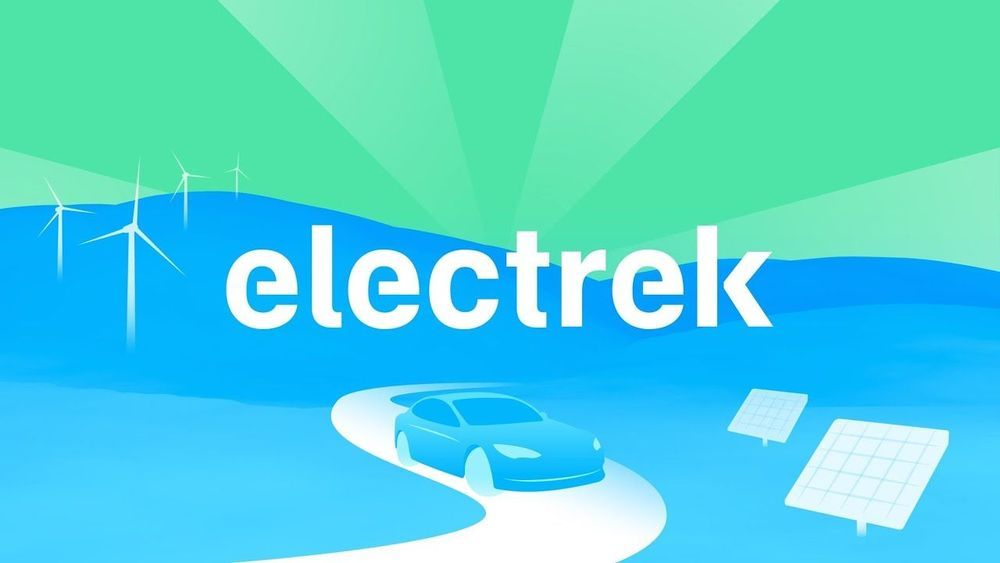
Elon Musk seems to be really interested in Tesla expanding into the home HVAC industry — going as far as saying that he is “dying to do it.”
He first brought up the idea in an interview on the Joe Rogan Experience almost two years ago.
Continue reading “Elon Musk hypes up Tesla smart home HVAC, hints at Cybertruck feature” »
